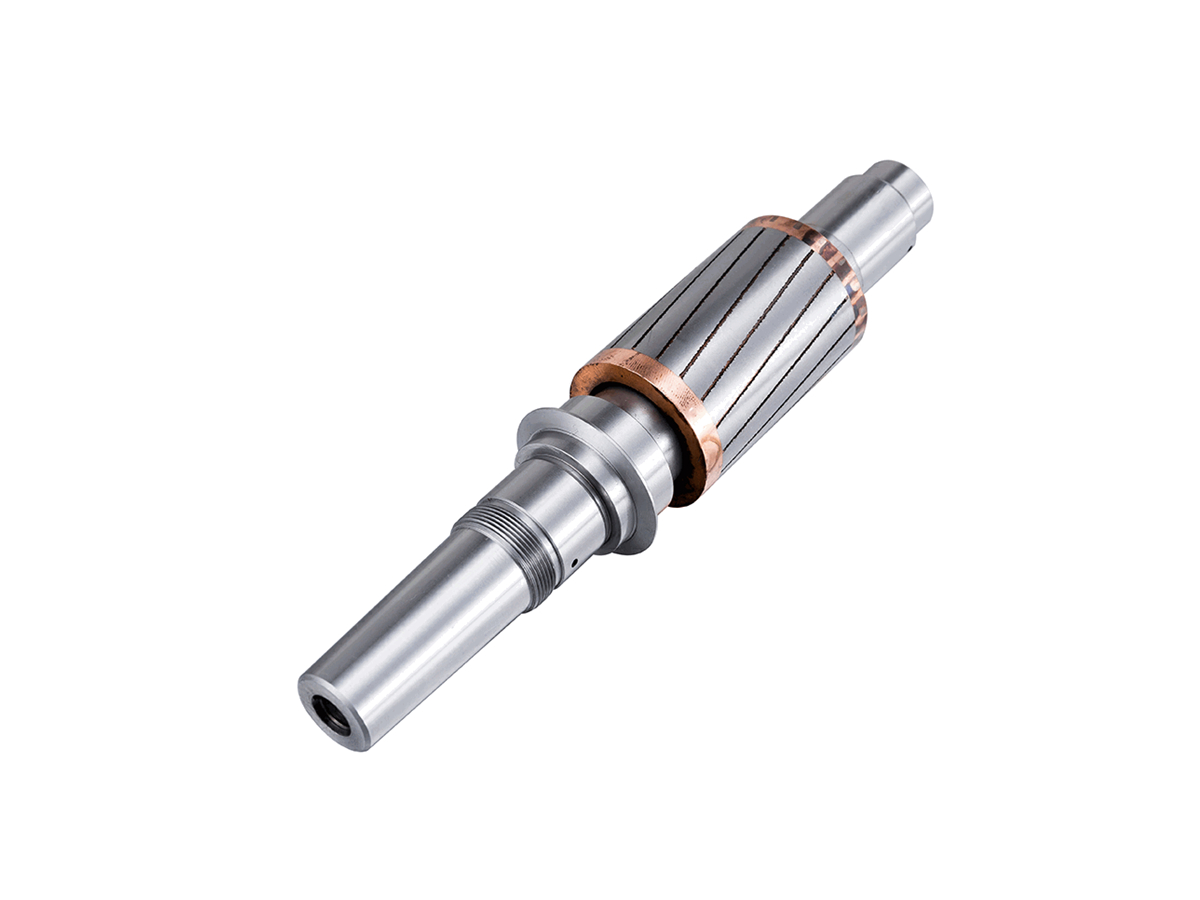Robotics Precision: How CNC Grinding of Stainless Steel Parts Improves Automation Performance
High-Accuracy Manufacturing for Robotic Systems
Modern robotics demand micron-level precision and reliability across millions of operational cycles. CNC grinding services achieve ±0.001mm tolerances and Ra 0.05μm surface finishes on stainless steel components, critical for robotic arm joints, harmonic drives, and sensor mounts. Over 80% of industrial robot components utilize stainless steel due to its corrosion resistance and fatigue strength.
The rise of collaborative robots (cobots) and Industry 4.0 requires 5-axis CNC grinding to produce complex geometries like involute gear profiles, reducing backlash by 60% while complying with ISO 9283 robotics performance standards.
Material Selection: Stainless Steel for Robotic Durability
Material | Key Metrics | Robotics Applications | Limitations |
|---|---|---|---|
505 MPa UTS, 18% Cr-Ni | Cobot joint housings, mounting plates | Lower hardness (HB 170) for high-wear areas | |
1,300 MPa UTS, H1150 condition | Robotic actuator gears, shafts | Requires passivation for chloride resistance | |
485 MPa UTS, 2.1% Mo | Food-grade robotic arms | Higher cost vs. 304 | |
1,600 MPa UTS, 45 HRC | High-speed delta robot linkages | Limited to <400°C operating temps |
Material Selection Protocol
High-Cycle Joint Components
Rationale: 17-4PH hardened to H1150 achieves 10⁸ fatigue cycles at 700 MPa stress, meeting ISO 10243 for robotic bearings.
Validation: ABB Robotics specifies 17-4PH for IRB 6700 wrist joints.
Corrosive Environments
Logic: 316L stainless polished to Ra 0.1μm withstands CIP/SIP cleaning in pharma robotics (per FDA 21 CFR 211).
CNC Grinding Process Optimization
Process | Technical Specifications | Robotics Applications | Advantages |
|---|---|---|---|
0.0005mm flatness, Ra 0.04μm | Harmonic drive flexsplines | Enables <1 arcmin positioning accuracy | |
0.001mm roundness, 500mm max length | Rotary union shafts | Achieves 0.003mm/m straightness | |
0.002mm diameter tolerance, 200 pcs/hr | Linear guide rollers | Eliminates chucking-induced distortion | |
0.005mm profile accuracy, 15,000 RPM | Robot end-effector jaws | Maintains ±0.01mm repeatability |
Process Strategy for Robot Harmonic Drives
Rough Grinding: CBN wheels remove 0.5mm stock at 120 m/sec under MQL cooling.
Heat Treatment: 480°C age hardening (H900 condition) for 17-4PH.
Finish Grinding: Diamond wheels achieve Ra 0.05μm on 80mm OD flex splines.
Surface Enhancement: Electropolishing removes 10μm for reduced friction.
Surface Engineering: Optimizing Robotic Performance
Treatment | Technical Parameters | Robotics Benefits | Standards |
|---|---|---|---|
3μm thickness, 2,300 HV | Reduces gear wear by 70% | VDI 3198 | |
Nitric acid 25%, 45min immersion | Prevents galvanic corrosion in cobots | ASTM A967 | |
0.02mm depth, QR/DataMatrix codes | Enforces ISO 9409-1 traceability | ISO/IEC 16022 | |
15μm Type II, 300 HV | ESD protection for PCB handlers | ANSI/ESD S20.20 |
Coating Selection Logic
Collaborative Robot Joints
Solution: PVD CrN coatings reduce stiction in force-torque sensors by 50%.
Medical Robotics
Method: Electropolished 316L achieves Ra 0.05μm for cleanroom compliance (ISO 14644-1).
Quality Control: Robotics Industry Validation
Stage | Critical Parameters | Methodology | Equipment | Standards |
|---|---|---|---|---|
Dimensional Accuracy | 0.003mm positional repeatability | Laser tracker verification | Leica AT960 | ISO 9283 |
Surface Finish | Ra ≤0.1μm, Rz ≤0.5μm | 3D optical profilometry | Zygo NewView 9000 | ISO 4287 |
Cycle Testing | 10⁷ cycles @ 150% rated load | Servo-driven test rig | KUKA KR 1000 | ISO 10243 |
Corrosion Resistance | 1,000hr salt spray (NSS) | Cyclic corrosion chamber | Q-Fog CCT1100 | ASTM B117 |
Certifications:
ISO 9001:2015 with Cmk ≥1.67 for critical dimensions.
CE Marking is compliant with the EU Machinery Directive 2006/42/EC.
Industry Applications
Delta Robot Arms: 17-4PH stainless linkages + PVD TiN (2μm coating).
AGV Wheel Hubs: 304 stainless + electropolishing (Ra 0.08μm).
Surgical Robot Gears: 316L stainless + passivation (ASTM A967).
Conclusion
Precision robotics CNC grinding services enable ISO 9283-compliant components with 99.98% operational reliability. Integrated one-stop manufacturing reduces lead times by 40% for industrial and collaborative robots.
FAQ
Why is 17-4PH stainless preferred for robotic gears?
How does electropolishing improve cobot performance?
What standards apply to surgical robot components?
Can CNC grinding achieve submicron tolerances?
How to validate robotic part longevity?

